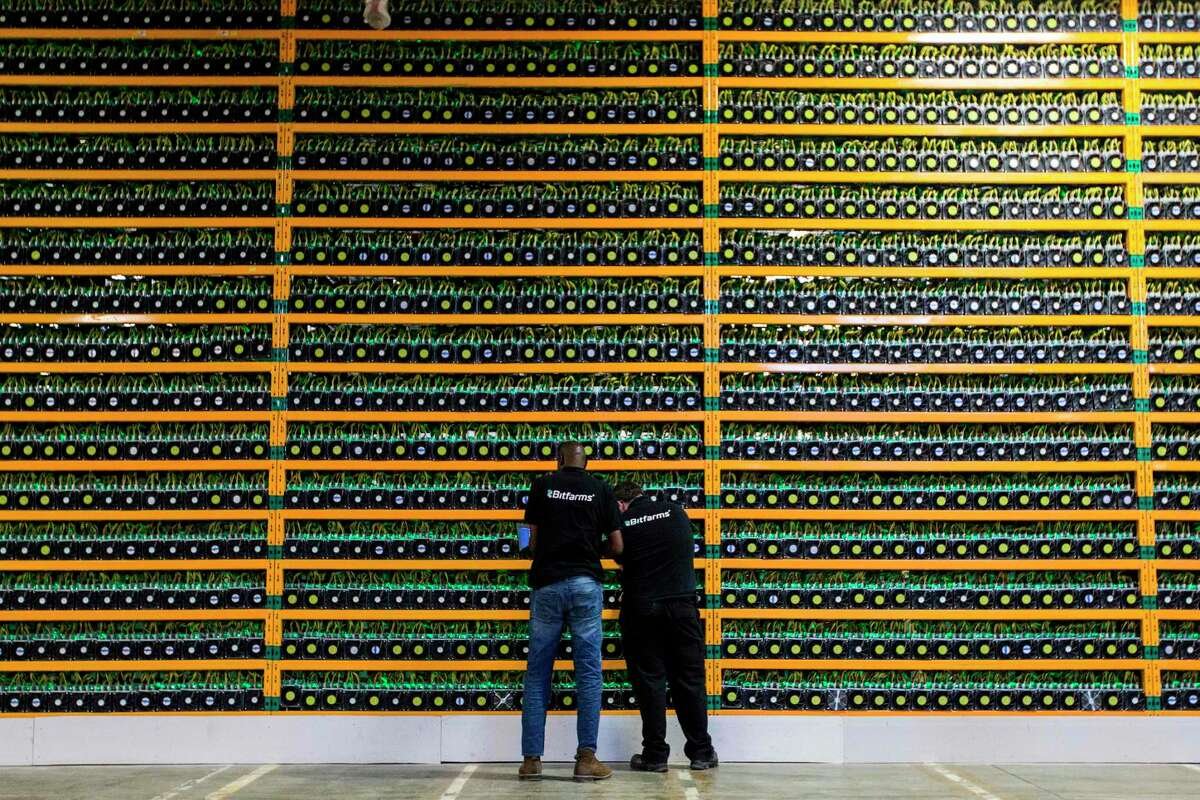Oil & Gas and Blockchain Work to Use Excess Energy
/What do oil & gas companies and blockchain companies (like Bitcoin miners) have in common? They’re both under attack for their impact on the environment—oil and gas companies for their emissions and blockchain for its growing energy needs.
From Houston Chronicle
Two problems that come with one solution.
Oil producers are working to reduce the amount of flaring they have to do because it’s terrible for the environment and sends dangerous emissions into the atmosphere. Blockchain companies need vast amounts of cheap energy to power the hardware that makes distributed computing possible.
Since that hardware can be placed anywhere there’s a power source—distributed indeed—blockchain companies can locate facilities near oilfields where oil companies have excess natural gas they’d be burning off in a flare.
Bitcoin mining companies are bringing their generators and computers to drill sites, paying the oil company for the gas like a pipeline company would, then using it to feed gas generators for blockchain computing.
ConocoPhillips has a Bitcoin pilot project in the Bakken shale field in northern Plains states, where excess gas is routed to a Bitcoin processor. And ExxonMobil is running a pilot program using excess natural gas from North Dakota oil wells to power cryptocurrency-mining operations.
Blockchain operations are also taking advantage of their mobility to take advantage of excess solar and wind energy that can’t be stored or moved over existing lines.
In the case of wind, they’re killing two birds with one blown.
Want to learn more about Bitcoin and energy? Join our friends, Digital Wildcatters, at Empower: Energizing Bitcoin this week in H-Town.




